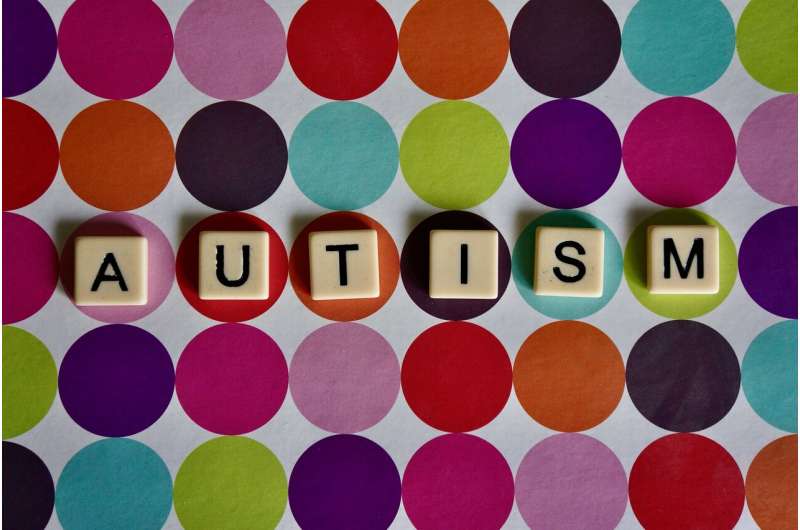Study Identifies Key Barriers to Demand-Responsive Transport for Individuals with Poor Health

A recent study uncovers the barriers faced by individuals with poor health in using demand-responsive transport, emphasizing community involvement and infrastructure improvements to boost accessibility.
Demand-responsive transport (DRT) has been advocated as an inclusive approach to overcoming mobility challenges, especially for those with limited accessibility needs. However, there remains limited understanding of what hinders adoption among people with poor health. A recent study led by Dr. Haruka Kato from Osaka Metropolitan University explored this issue within Senboku New Town, Osaka, utilizing the Unified Theory of Acceptance and Use of Technology-3 (UTAUT-3) framework.
The research highlighted that community involvement plays a vital role in encouraging the acceptance of DRT services. Residents who engaged actively within their community exhibited a stronger intention to use DRT, influenced by personal habits and a tendency toward innovation. Despite high interest levels, a significant gap was identified between the willingness to use DRT and actual utilization. Many potential users faced practical obstacles such as a lack of convenient stops near their homes and difficulties using smartphone-based booking systems.
To address these barriers, the study recommends increasing the density of mobility points within residential areas. In Senboku New Town, DRT services are operated through a collaborative effort involving local businesses, amenities, and healthcare facilities. These partnerships help establish on-site mobility points and offer discounts to users, which significantly enhances engagement and the likelihood of service use.
The findings imply that strategies focusing on community participation and infrastructure improvements are essential to making demand-responsive transport accessible and appealing to people with poor health. This research underscores the importance of tailored approaches to reduce mobility gaps for vulnerable populations, ultimately contributing to better social inclusion and mobility for all.
Source: [https://medicalxpress.com/news/2025-10-highlights-barriers-demand-responsive-people.html]
Stay Updated with Mia's Feed
Get the latest health & wellness insights delivered straight to your inbox.
Related Articles
Researchers Highlight Flaws in Medical AI's Disclosure of Race and Ethnicity Data
A new study emphasizes the critical need for standardized collection and transparent reporting of race and ethnicity data in medical AI systems to combat bias and improve healthcare equity.
Addressing Resident-to-Resident Aggression in Nursing Homes for Improved Safety
Resident-to-resident aggression in nursing homes is a serious issue affecting resident safety, often linked to dementia. Learn how systems, staff training, and advocacy can help reduce risks and improve outcomes.
RFK Jr. Questions Rising Autism Rates: Experts Caution About Oversimplified Explanations
Amid recent political discussions, experts highlight that broader diagnostic criteria and increased awareness largely explain rising autism rates, urging cautious interpretation and continued research.
Cancer Cells Transfer Mitochondria to Neighboring Cells to Support Tumor Growth
Scientists at ETH Zurich have discovered that cancer cells transfer mitochondria to neighboring healthy cells, transforming their behavior and promoting tumor growth. This novel mechanism offers potential new targets for cancer therapy.



